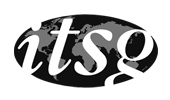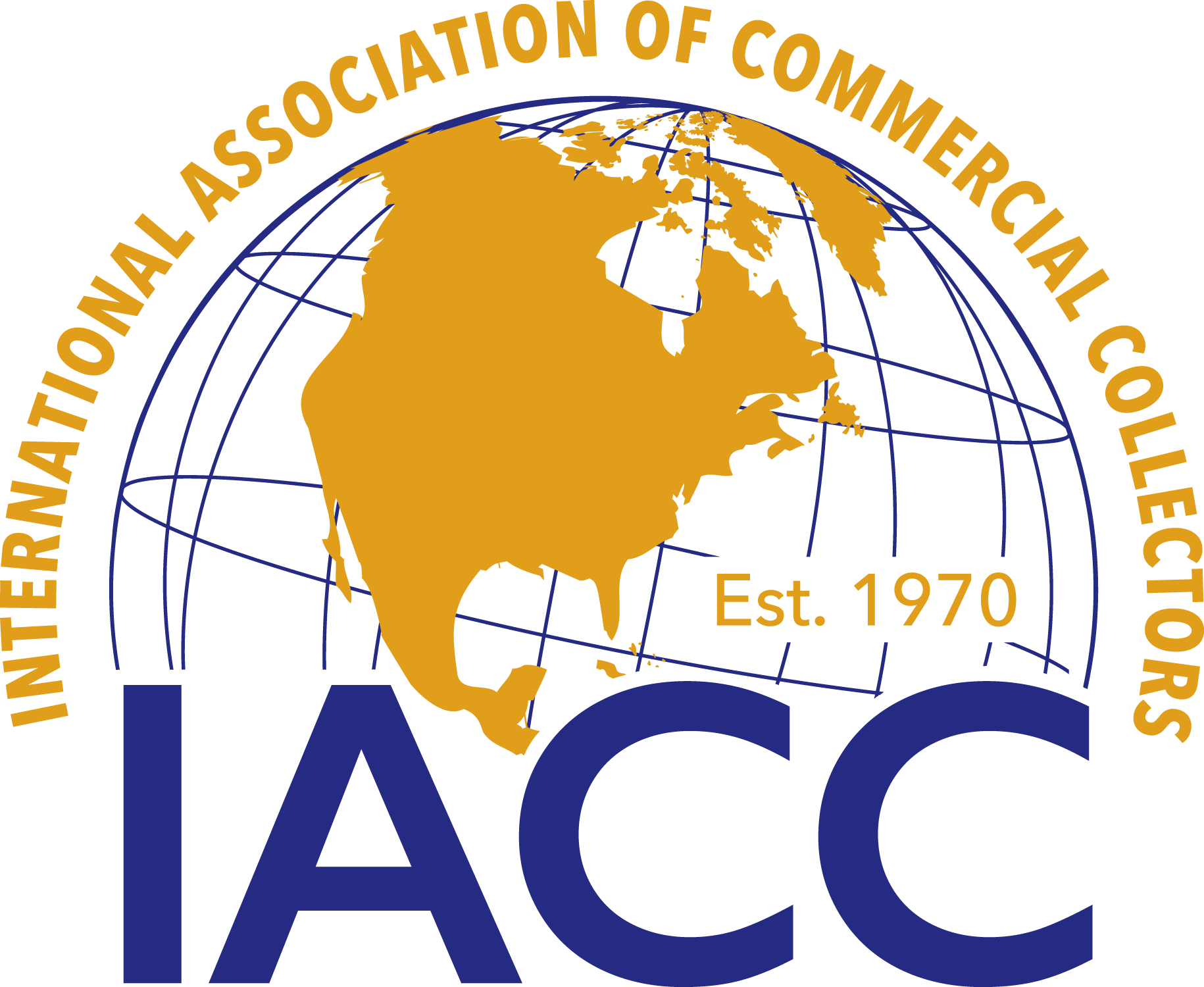On November 2, 2011 the Senate of the Province of Buenos Aires passed the Law No. 14,321 (hereinafter, the “Law”) which established the set of norms, obligations and responsibilities for the sustainable management of electric and electronic waste (EEW) throughout the territory of the Province of Buenos Aires.
The purpose of the Law is to prevent the generation of EEW, to encourage reuse, recycling, and the reduction of the environmental impact of EEW, and changing the environmental behavior of all involved in the life-cycle of electric and electronic device, residues and others.
The Law defines WEEs as electric or electronic devices (EEDs) disposed or to be disposed, its components, subassemblies and consumables, both from private households as well as professional use, as from the moment they become a waste.
The producers of EEDs must incline to:
(i) Design EEDs in a way they do not contain lead, mercury, cadmium and hexavalent chromium, among others.
(ii) Design and produce the devices so as to facilitate the dismantling, repair and, in particular, the reuse and recycling of its components.
(iii) Provide managers of EEWs disassembly information allowing identification of components and materials suitable for recycling, as well as the localization of hazardous substances.
(iv) Include a symbol given in Annex III of the Law in the EEDs and inform about its meaning in the user instructions, warrants or documentation accompanying the device.
The producers, distributors and retailers of EEDs must, among other obligations, declare their status before a Provincial Registry.
The Law provides the user or holders is allowed to deliver the device to the seller at the moment of acquiring a new product equivalent or that it performs the same functions as the device that is discarded. The seller must receive it and refer it for its final disposition.
The Law also creates the Centers of Disposal of EEWs, which are defined as establishments that receive such waste from commercial vendors or Reception Centers, in order to select, classify and store them with the purposes of reduce them and minimize the environmental impact.
Some of the powers of the Enforcement Authority are:
(i) Conduct periodic inspections to manufacturers and distributors of EEDs and managers of EEDs.
(ii) Generate a public information system of easy access, which permits to know about the meeting of the objectives.
(iii) Create the Control and Monitoring Board.
For its part, the Control and Monitoring Board shall, among other tasks:
(i) Require all necessary information regarding the enforcement of the Law.
(ii) Submit an annual report on the performance of the Management System of the EEWs.
(iii) Participate in campaigns of education, awareness and communication.
Producers, distributors and / or marketers have one (1) year term to comply with the previsions of the Law, after this period, the breach of the Law shall be punished by:
(i) Warning.
(ii) A fine from ten (10) minimum salaries on the basic initial category of the Public Administration up to five hundred (500) times such salary, currently of seven thousand seven hundred and forty pesos (AR$7,744) to three hundred and forty four thousand pesos (AR$344,000).
(iii) Suspension of activities from thirty (30) days to one (1) year.
(iv) Closure of facilities and termination of activities.
(v) Obligation to publish the operative part of the decision to apply sanctions at the expense of the offender.
Sanctions may be applied concurrently.
The Law came into force on December 15, 2011.









